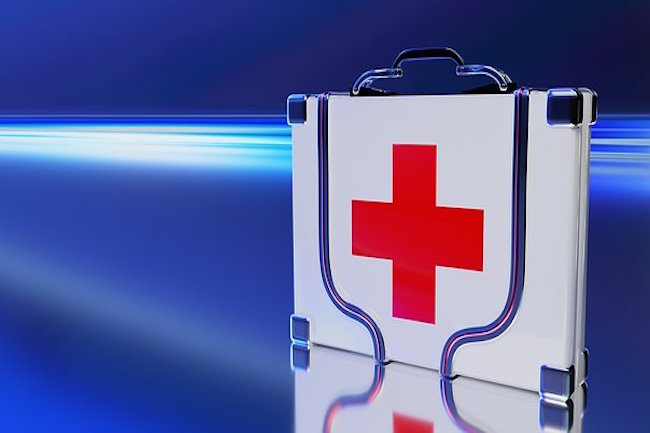Common Summertime Medical Ailments by Dr. J. for Survival Blog
I’m a board-certified family physician currently working as an urgent care provider in the southeastern United States. I really enjoy the work and split my time between a larger urban urgent care center and a small rural ‘fast-care’ facility about an hour outside the city. I grew up rurally and having always enjoyed country living and the self-sufficiency that comes with it, this also led to my interests in preparedness and survivalism. One of the most important aspects of preparedness is being comfortable in dealing with the variety of medical issues that will inevitably arise, ranging from inconveniences to emergencies. In this article, I plan to discuss some of the most common medical complaints I come across during the summer months in urgent care, as well as their background and first-line treatments. I also plan on writing a similar article in a few months covering fall/winter common complaints and treatment strategies.
While is it prudent to be prepared and supplied for significant or life-threatening injuries, you’re much more likely to encounter these more commonplace injuries and annoyances in day-to-day life, perhaps even moreso in a survival situation. Proper and prompt treatment of these conditions can shorten their duration and prevent them from progressing to more dangerous and debilitating conditions. So while I’d encourage you to hang onto your CAT tourniquets and Israeli pressure dressings (and learn how to use them!), keep some room in your med kit for more commonplace medications and supplies. You’ll likely need them more often than you think. For convenience and ease of acquisition, I’ll try to keep treatment strategies mostly to medications and supplies you can get without a prescription. Let’s get started!
DISCLAIMER:
The opinions and information in this article are for entertainment and general education purposes in a hypothetical survival situation. This article does not constitute medical advice and should not replace diagnosis and standard medical care performed by a qualified medical professional. A doctor-patient relationship does not exist and is not implied between the author and readers of this article.
ANKLE INJURIES:
These are a common occurrence during the summer months as everyone is out and about running, hiking, etc. They can also be expected in a survival situation, as people will likely be much more mobile and physically active. So how do you know if that rolled ankle is broken or not? The Ottawa Ankle Rules provide a good reference point to know whether you should x-ray (or be concerned for a fracture):
- Bony tenderness over lateral or medial malleolus (the bony mounds on the inside and outside of your ankle)
- Inability to bear any amount of weight and walk at least 4 steps at the time of injury or at the time of evaluation.
So if you have no bony tenderness in the ankle and are able to bear some weight and hobble around a bit, the ankle is most likely sprained as opposed to broken. The Ottawa Foot Rules add another caveat:
- Bony tenderness at base of 5th metatarsal (the most lateral bone in the foot, extending down from the pinky toe)
- Bony tenderness at the navicular (follow the big toe straight back towards the ankle)
Joint instability, deformity (your foot is twisted 90 degrees to one side), bony tenderness, and/or inability to ambulate all indicate a 3rd degree sprain (most severe) or a fracture, and require prompt medical attention. If none of the Ottawa rules apply to your injury, you may just have a sprain.




